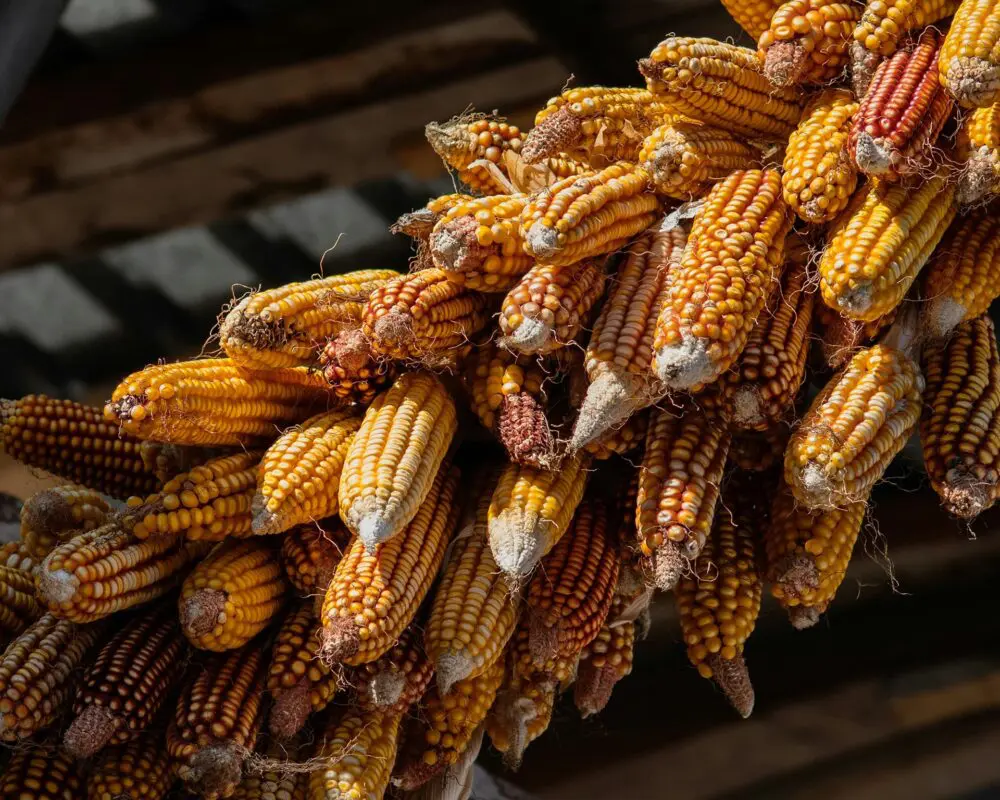The Trans Caucasian Trail is still very new, which means there are sections that you’re going to need to bushwhack and navigate using GPX. Only attempt this trail if you have extensive backcountry experience and are confident in your physical and mental abilities removed from people.
Research the trail as thoroughly as you can using our site, the official trail website, the information channels the organization provides for hikers, and by talking with people who have already hiked this trail. Share your plans with people you trust, including your anticipated start and end times, chosen route and any alternates, and emergency contact information. It’s always nice to check in with them when you have service to keep them updated.
Stay informed about the weather conditions in the area where you intend to hike. Talk with locals or use a weather radar app, but avoid being in the backcountry during severe weather conditions, including thunderstorms, heavy rainfall, or extreme heat.
Try to have at least 2 liters of water each day and top-up on snacks in towns to maintain your energy and prevent dehydration. Bring a trail map and carry navigation tools such as a compass or GPX device to stay oriented and avoid getting lost.
Invest in the right hiking gear, including comfortable, supportive footwear, proper hiking clothing, such as warm base layers and a hardshell rain jacket, hiking poles, a well-fitted backpack, and essential equipment like maps, GPS devices, and a first-aid kit. Check out our comprehensive gear list for long-distance trails like this.
Respect the principles of Leave No Trace by minimizing your impact on the environment. Stick to designated trails, pack out all trash, and respect wildlife and natural habitats.


















Comments
Be the first one to comment on this trail!
Reply to this trail